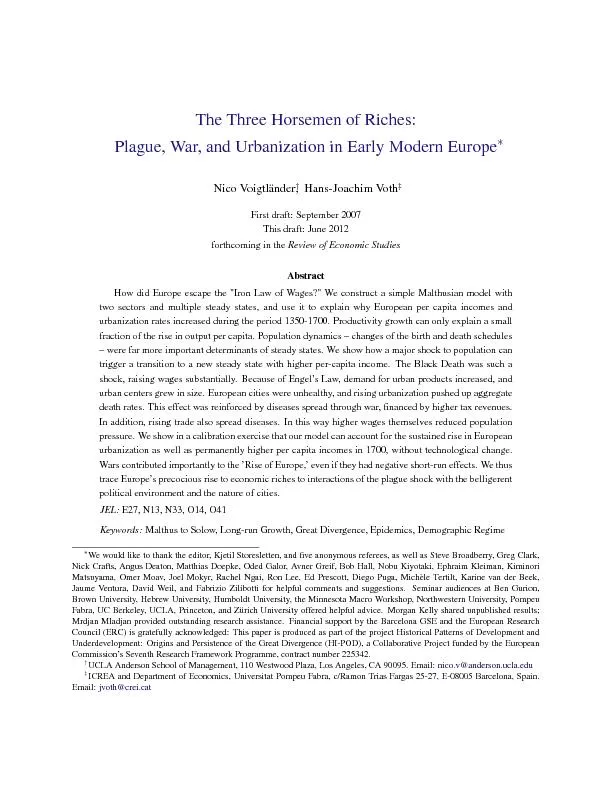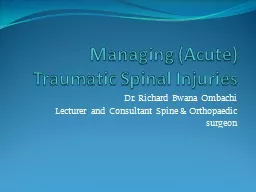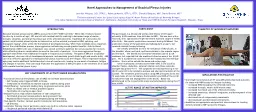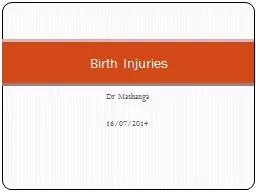PPT-BIRTH INJURIES Prepared by:
Author : ThoughtfulTurtle | Published Date : 2022-08-01
Mustafa Salim Abdul Ridha Soft tissue Injury There are various types of soft tissue injury that may be sustained during the process of birth Soft tissue injuries
Presentation Embed Code
Download Presentation
Download Presentation The PPT/PDF document "BIRTH INJURIES Prepared by:" is the property of its rightful owner. Permission is granted to download and print the materials on this website for personal, non-commercial use only, and to display it on your personal computer provided you do not modify the materials and that you retain all copyright notices contained in the materials. By downloading content from our website, you accept the terms of this agreement.
BIRTH INJURIES Prepared by:: Transcript
Download Rules Of Document
"BIRTH INJURIES Prepared by:"The content belongs to its owner. You may download and print it for personal use, without modification, and keep all copyright notices. By downloading, you agree to these terms.
Related Documents














